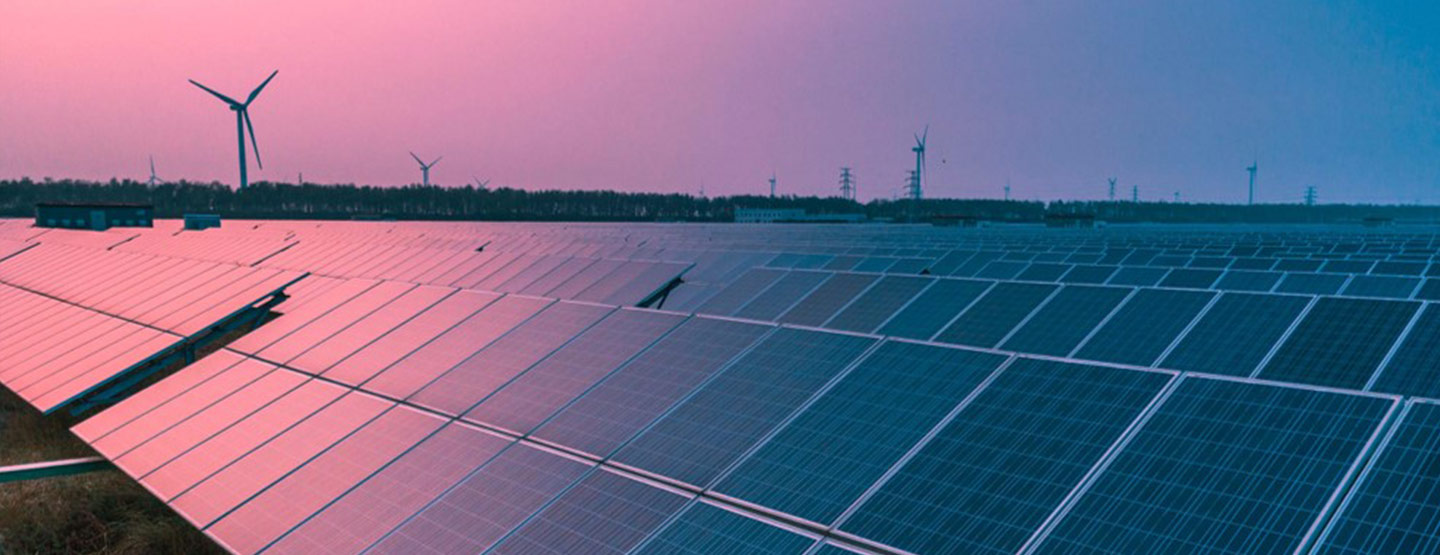As the country progress towards 'dual carbon' goals, we understand our customers have evolving needs to unlock transition and sustainability-linked growth opportunities.
Today, we support the transition journey of traditional industries through our sustainable financing solutions, providing businesses with in-depth insights to help them navigate the transition pathways. We're focused on supporting businesses across the ecosystem in China to help deliver a net zero global economy, leveraging our global scale. We finance a number of industries that significantly contribute to greenhouse gas emissions, and we have a strategy to help our customers to reduce their emissions and to reduce our own.






